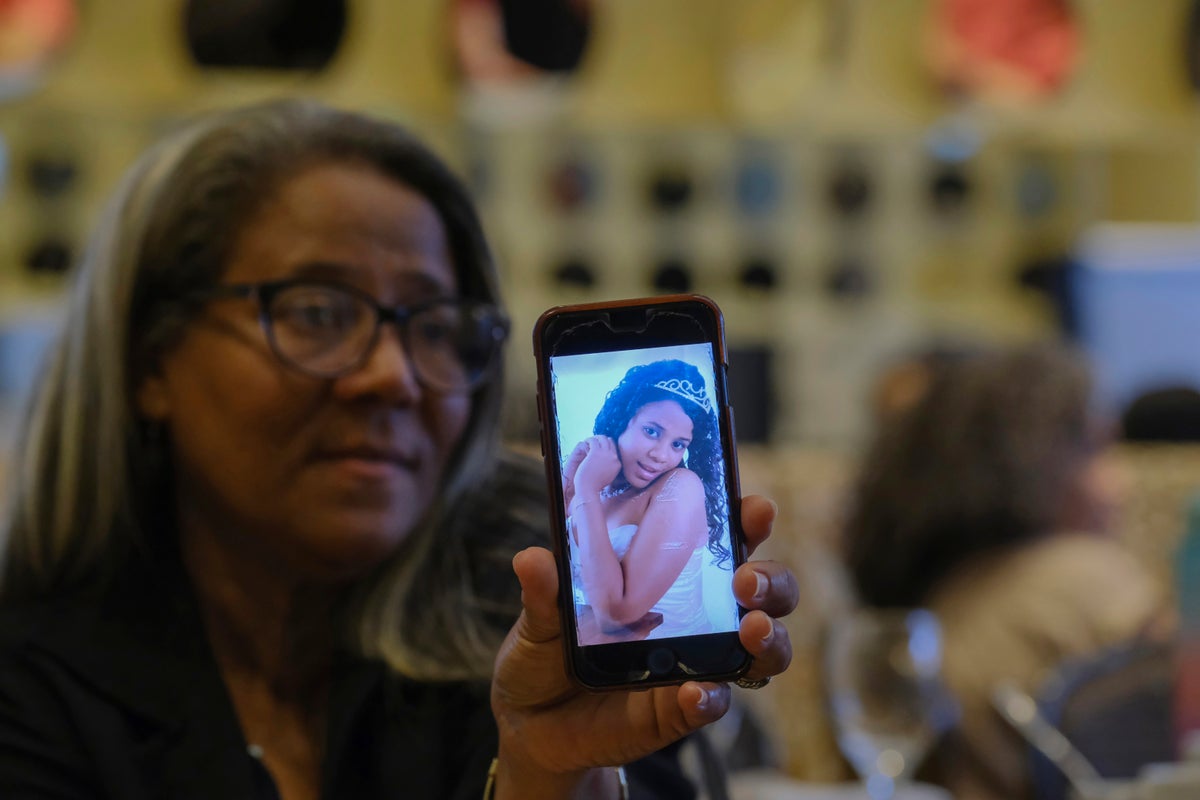
The Dominican Republic is one of four Latin American nations that criminalizes abortion without exceptions. Women face up to 2 years in prison for having an abortion, while the penalties for doctors or midwives range from 5 to 20 years. Abortion rights activists argue that the country’s total abortion ban not only restricts women’s reproductive choices but also puts their lives in danger.
Here’s a look at the country’s ban.
What role does religion play?
No other nation bears a Bible on its flag.
The country’s motto is “God, Country, Freedom,” and the government holds a concordat, or agreement, with the Vatican, which implies that the official religion is Catholicism, although the constitution allows freedom of worship.
The Catholic Church influences sex education. The “Learning to Love” program, recently implemented by the Ministry of Education, aims to reinforce Catholic values for students.
Catholics and evangelicals are united against decriminalizing abortion and hold sway among legislators. “We have gained a pro-life majority in Congress,” said anti-abortion activist Martharís Rivas. “We have always contributed to the debates, and bishops approach congressmen to talk.”
Is abortion impossible?
No. In the countryside, ancestral knowledge is used to terminate pregnancies with concoctions. Some medical personnel in urban areas facilitate abortions with medications such as misoprostol.
“It’s not legal, but if someone calls, I know how to handle it,” said a health worker who asked for anonymity to avoid prosecution. “We use prescriptions. It (misoprostol) is used to treat ulcers, so you can prescribe a B complex, an antacid and there won’t be trouble.”
In addition, there are “acompañantes” networks like in Mexico, said activist Sergia Galván.
“In 1995, we had three clandestine abortion centers, but there came a time when the risks were too high,” Galván said. “Historically we have had mechanisms, but they are insufficient in the midst of restrictions.”
What about spontaneous abortions?
The situation in public hospitals is extremely delicate, said nurse Francisca Peguero. “We have seen teenagers dying in emergency rooms because doctors face a dilemma: If they treat them, they might be criminalized.”
According to Peguero, clinics are monitored by police officers who, upon seeing a woman bleeding, can report her.
What do abortion rights activists want?
As a first step, abortion rights activists would like legal abortion access when the woman’s life is at risk, when the pregnancy is the product of rape or incest and when fetal malformations are incompatible with life.







